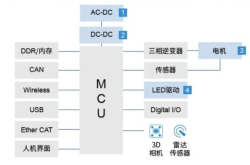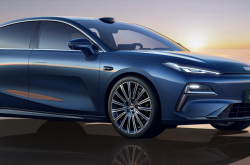Humanoid Robot Combat Tournament Ignites Internet: Flaws in Overly Simplified AI Exposed
![]() 05/27 2025
05/27 2025
![]() 585
585
At least five years away from full maturity?
Forget BattleBots, CMG presents the real deal for hardcore fans.
For over two decades, BattleBots has reigned as the most popular robot combat competition globally, ingraining itself into the collective memory. However, the wheeled or legged robots in this competition, with their relatively straightforward attack methods, can ignite passion but struggle with intricate maneuvers.
Recently, the world's first humanoid robot combat tournament, "CMG World Robot Competition Series: Mech Fighting Arena," hosted by China Media Group, kicked off with a bang. Unitree Robotics' humanoid robot, Unitree G1, made its debut, sparking heated discussions with its sci-fi-like combat.
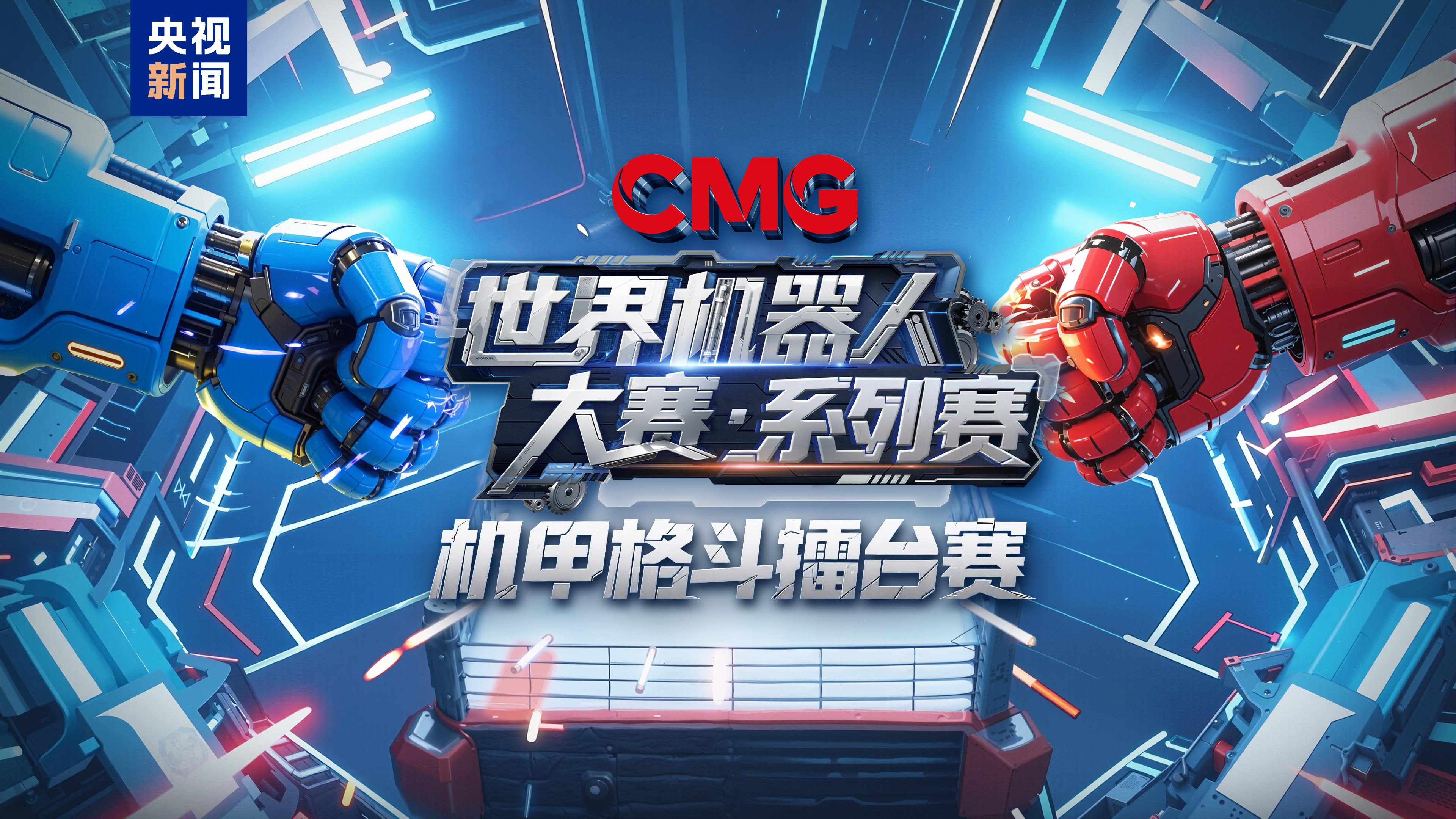
(Image source: CCTV)
When the Beijing Humanoid Robot Half Marathon was held in April this year, Unitree Robotics, absent from the race, revealed it was preparing for the combat tournament. While the half marathon tested stability and endurance, the combat tournament comprehensively assesses balance and agility, akin to the leap from middle school to high school exams.
This competition vividly showcased the current state of the humanoid robot industry.
Motors and algorithms shine; did the robot embody "Bruce Lee's spirit"?
Combat maneuvers like punching and kicking shift a robot's center of gravity, and the impact force could cause it to lose balance, posing a stern test.
Unitree G1, a CMG participant, missed its target during some attacks and fell. Nonetheless, its stability and balance exceeded expectations. In one confrontation, after a brief defensive exchange, both robots side-kicked their opponents' abdomens. Though both wobbled, they quickly regained balance, retreated, and adjusted their stance.
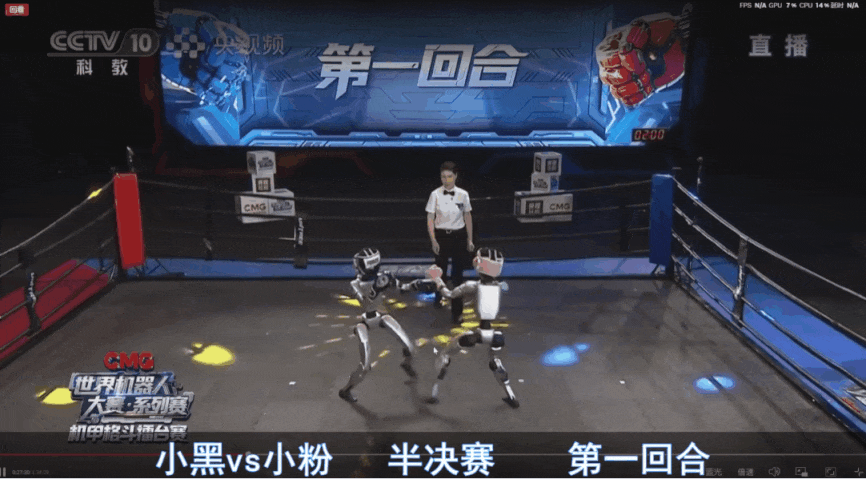
(Image source: CCTV)
After being knocked down, Unitree G1 stood up in less than 5 seconds, its movements indistinguishable from humans. It used a single hand for support, flowing smoothly and quickly due to the absence of pain perception.
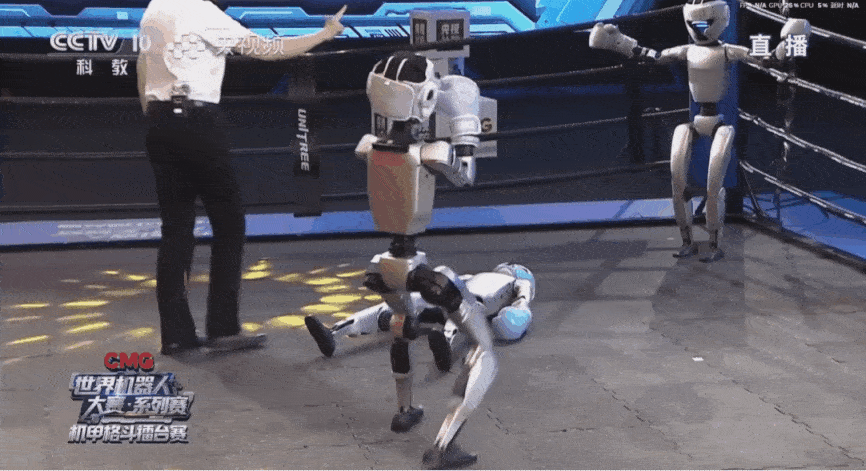
(Image source: CCTV)
Unitree G1's outstanding stability, balance, and flexibility stem from its industry-leading software and hardware. Equipped with depth cameras and 3D LiDAR, it perceives its state accurately. With 23 joints and motors in the standard version (23-43 in the EDU version), Unitree G1 boasts exceptional flexibility. Each arm has 3 shoulder joints, 2 elbow joints, and 2 wrist joints, while each leg has 3 hip joints, 1 knee joint, and 2 ankle joints.
Motors controlling humanoid robots rank among the costliest robot components, second only to torque sensors. Unitree G1 features self-developed inner rotor brushless motors, offering stronger power density, control precision, and a longer lifespan than brushed motors.
The industry debates the merits of hydraulic vs. motor solutions for robots. Today, motor solutions are widely regarded as superior. Even Boston Dynamics, a hydraulic solutions advocate, has shifted to motors.
With dozens of motors, Unitree G1's joints are highly flexible, necessitating sophisticated motor coordination control.
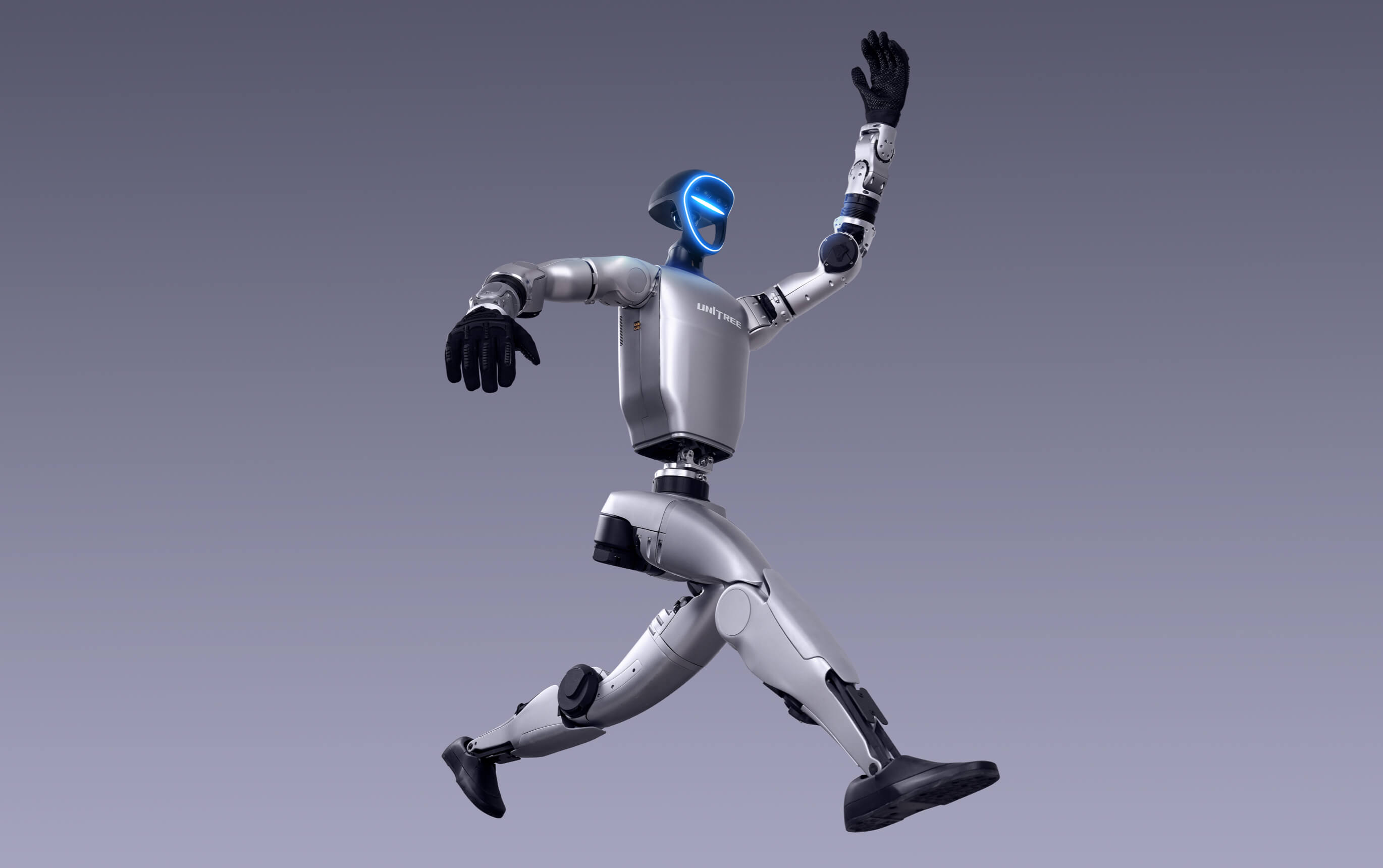
(Image source: Unitree Robotics)
Unitree Robotics, in collaboration with the Shanghai Artificial Intelligence Laboratory and Shanghai Jiao Tong University, developed the HoST embodied intelligent control learning algorithm. Through multi-criteria reinforcement learning, smooth regularization, and implicit speed constraints, the algorithm evaluates energy efficiency and joint load, reducing high-frequency vibrations by constraining spatial continuity, thereby decreasing motion oscillation amplitude by over 60% compared to traditional methods.
The reinforcement learning strategy incorporates physical engine dynamics equations, limiting joint acceleration and maximum speed to adhere to hardware performance boundaries. This enables the robot to maintain balance under load and in complex environments, assuming 28 different poses.
Relying on the IMU (Inertial Measurement Unit) to monitor posture and state in real-time and efficiently controlling dozens of joints through algorithms is crucial for Unitree G1's sustained stability in combat and professional fighting skills. However, Unitree G1 is not perfect; its most significant issue remains unresolved.
Well-developed limbs, yet a simplistic brain
While some netizens were thrilled by the robots' CMG performance, others felt the hype exceeded reality. The robots didn't engage in combat autonomously but required remote joystick control by staff.
According to Star Market Daily, Unitree Robotics' combat movements are based on external data for AI large models to learn and reference. The embedded algorithms are self-developed, and complex operations require joystick control. This led to comical scenes, like robots wildly attacking the air and falling due to instability.
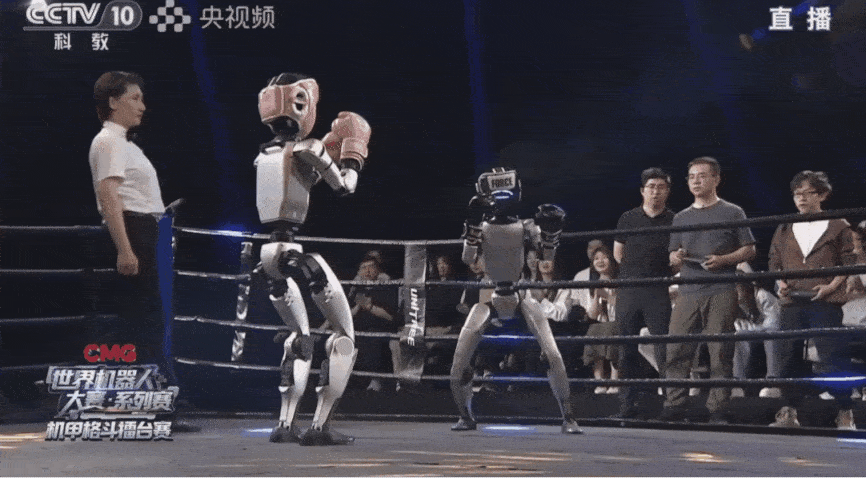
(Image source: CCTV)
Star Market Daily reported that industry insiders stated that robots' underlying algorithms are advanced but lack a true spatial intelligence large model akin to a robot's brain.
While wheeled robots excel in endurance and stability, companies strive for bipedal robots due to their human-like nature. Training large AI models requires massive data, and bipedal robots can leverage human daily motion video data.
Currently, while robots' basic algorithms and hardware are maturing, AI large models applied to robots are far from mature. In March, Jack Clark, co-founder and policy director of AI company Anthropic, stated that the robot industry is entering an early development stage similar to generative AI models, akin to the GPT-2 era.
Drawing from ChatGPT's development, AI large models suitable for robots may take another year to reach "usability" and around three years to become "user-friendly".
Since 2025, domestic and foreign companies have launched AI large models for robots, like Google's Gemini Robotics and Gemini Robotics-ER, and Figure AI's Helix. These models enable high-speed continuous control of key device body parts and manipulation of unseen objects.
Domestic robot company Zhiyuan Robotics released the first general embodied base model, the Qiyuan large model. Based on the ViLLA architecture, it integrates multimodal large models and a mixture-of-experts structure. Trained using human videos, it rapidly generalizes from small samples, improving the average success rate of executing five complex tasks by 32%.
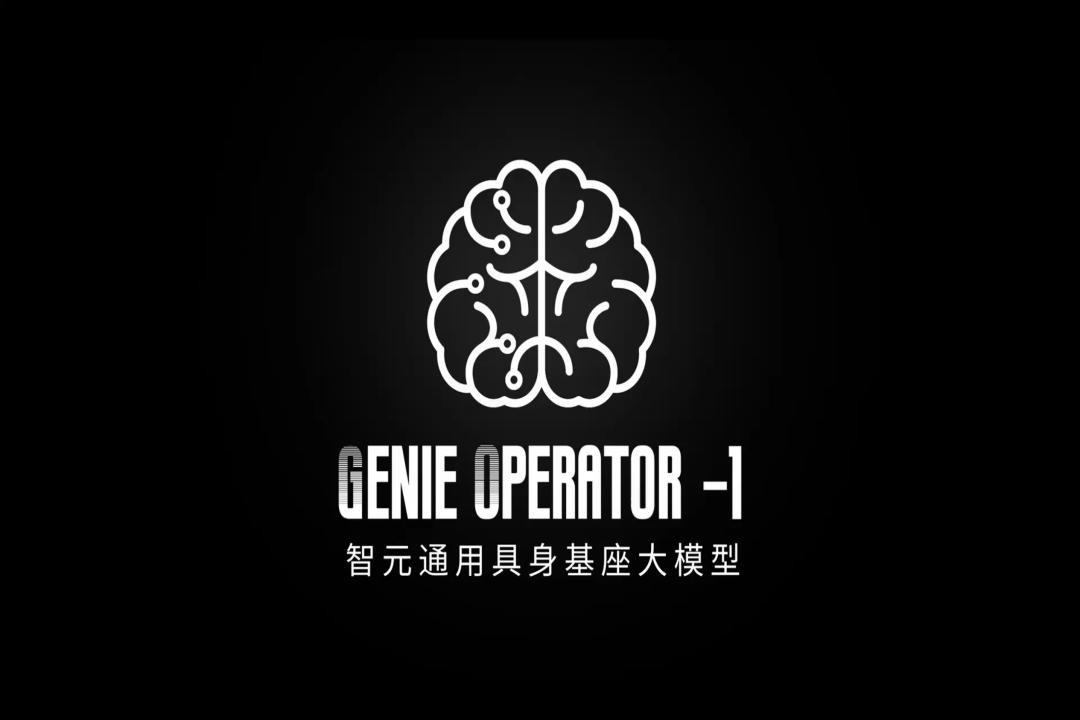
(Image source: Zhiyuan Robotics)
Unitree G1 uses UnifoLM, an AI large model independently developed by Unitree Robotics. It possesses multimodal perception, recognizing object shape, position, and color based on visual images and planning grasping paths through automatic decision-making. During grasping, it adjusts force based on sensor feedback to avoid damage and conserve energy.
However, as Jack Clark noted, AI large models for robots will take time to mature. Wang Xingxing, Unitree Robotics' founder, stated last August that the roadmap for large robot models is less clear than for large language models. Companies feel powerless, and increased investment might not yield significant results. Thus, industry R&D investment in this area is relatively restrained, possibly needing luck and genius to drive forward.
The immaturity of AI large models for robots means robots can complete specific tasks in certain scenarios but fail to generalize quickly to more tasks. In scenarios like robot combat competitions, remote control is more reliable than AI large models. The complexity of the robot industry also discourages companies from investing heavily in developing large models.
Fortunately, many companies are willing to experiment. Numerous domestic and foreign companies have entered the market, with some, like the Qiyuan large model, open-sourcing datasets, toolchains, and pre-trained models like AgiBot World to accelerate industry maturity. Robot AI large models are in a period of rapid development, with any company potentially becoming the OpenAI or DeepMind of the robot industry.
At least five years away from maturity for robots?
Despite falling several times due to instability during the CMG competition, Unitree G1's overall balance exceeded expectations, especially its smooth stand-up movements, almost indistinguishable from humans.
Unitree G1's shortcomings are evident. Its reliance on joystick operation raises questions about practicality and competition significance. In fact, Unitree G1 supports remote control, voice control, and somatosensory control. However, voice control's high latency makes it ineffective in combat. Unitree Robotics has developed a somatosensory control system potentially used in future competitions.
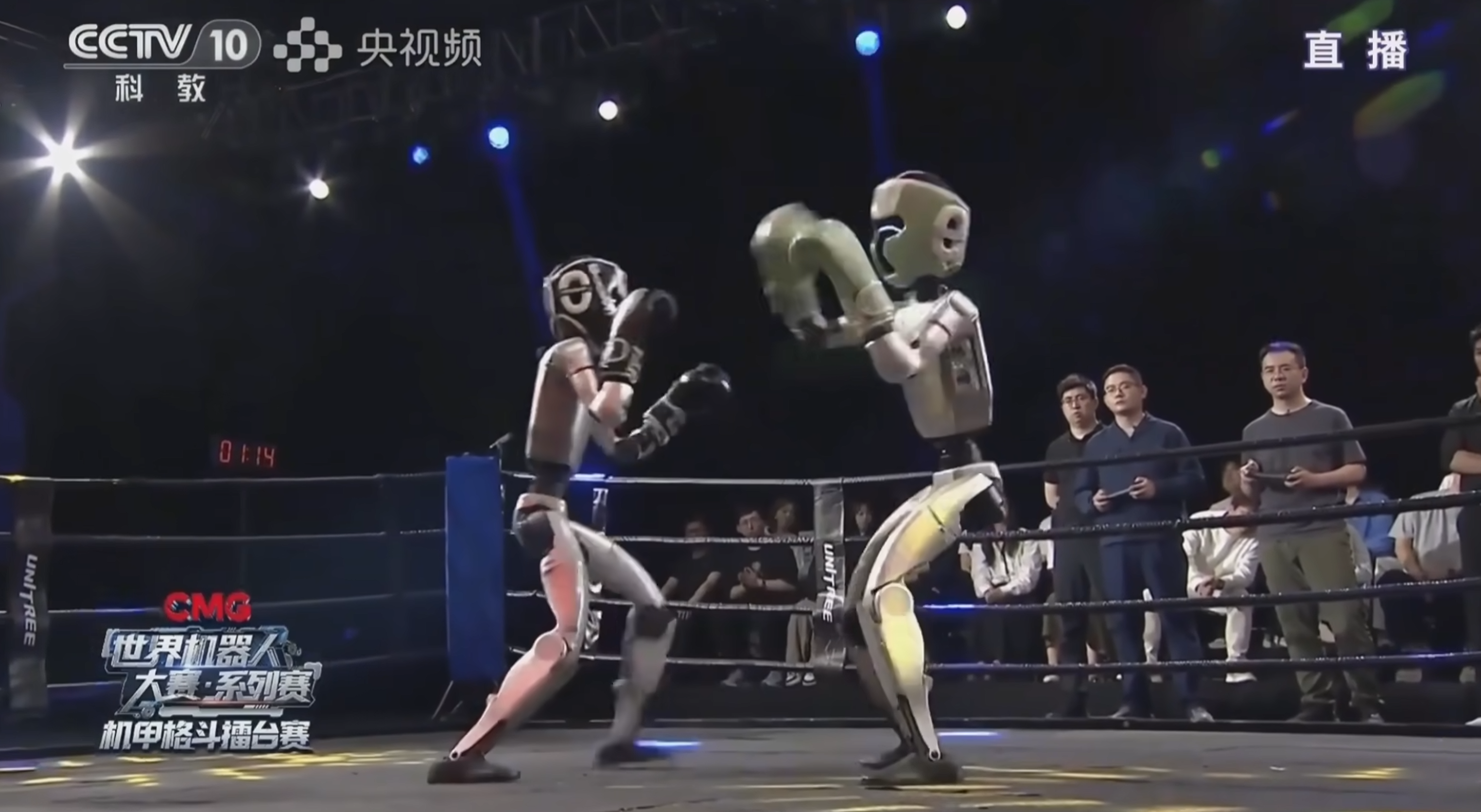
(Image source: CCTV)
A skyscraper starts with a single brick. While Unitree G1's performance might not satisfy everyone, technology matures through repeated attempts. 2025 marks the first year of mass production for humanoid robots. Domestic companies like Unitree Robotics, Zhiyuan Robotics, and UBTECH prepare for large-scale production. In an interview last August, Wang Xingxing predicted that the robot industry is no more than five years away from its "iPhone moment".
The emergence of numerous robot AI large models will accelerate industry maturity. Perhaps in a few years, humanoid robots' prices will drop to consumer-friendly levels, and their functions will meet daily needs.
Humanoid robot combat competitions offer companies a chance to test technical strength and product quality. BattleBots proves there's a significant audience for such competitions. Early involvement can attract more traffic and increase brand popularity. Once somatosensory control is available, participants will control robots like in sci-fi movies, significantly enhancing competition enjoyment and relevance.
Source: Lei Technology

